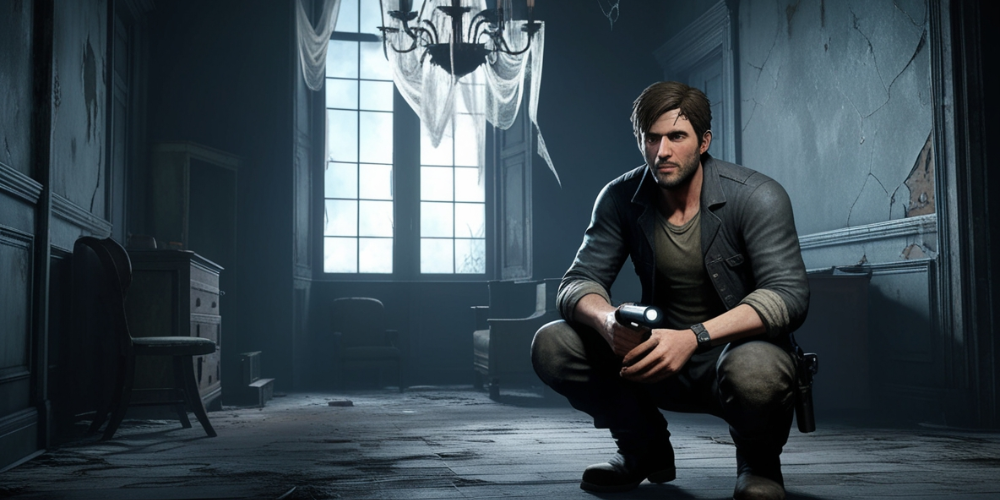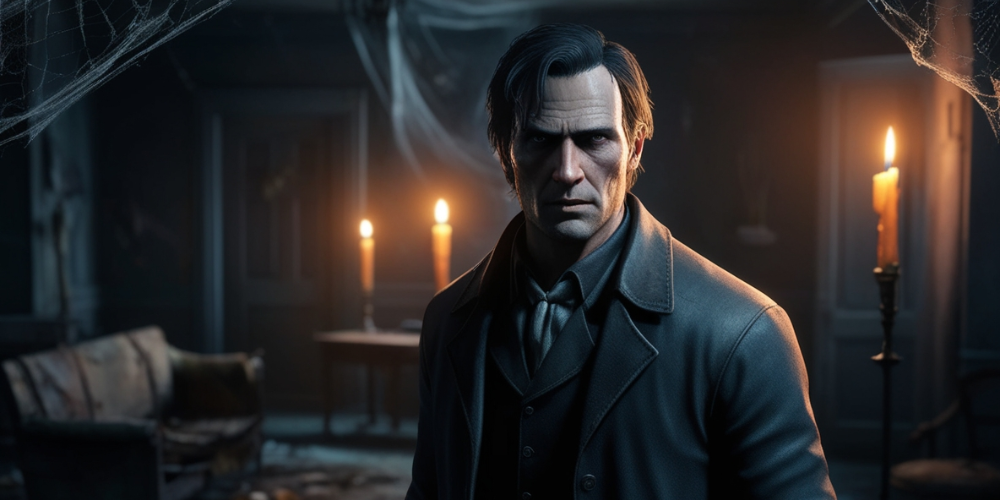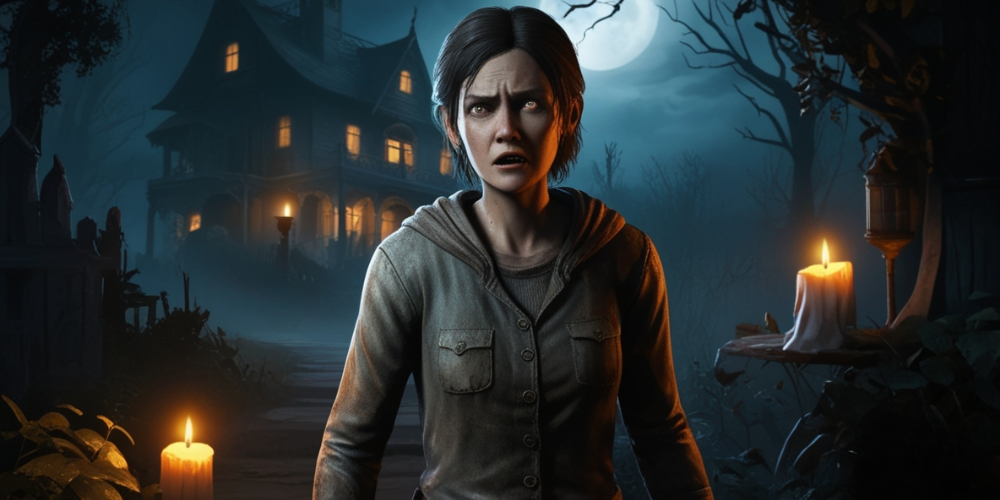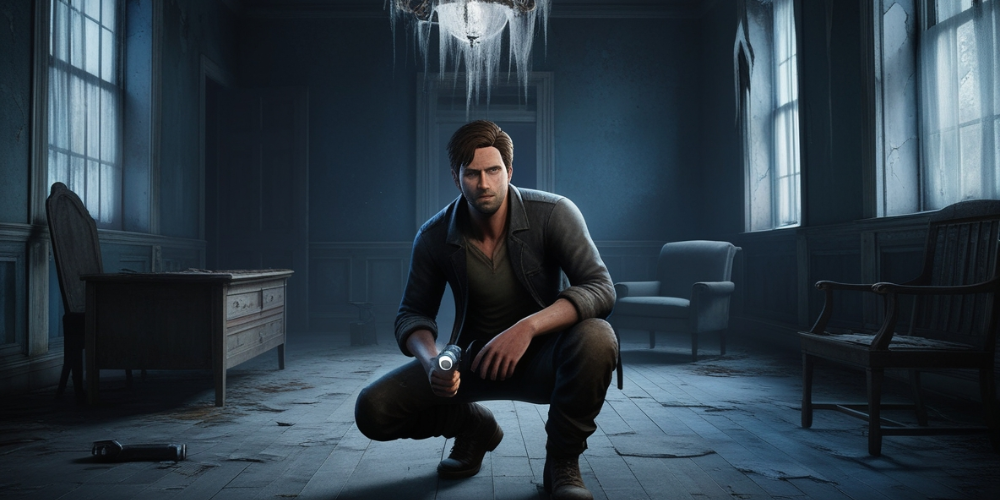Alone in the Dark 2024: Reviving Classic Horror Amidst Modern Flaws
Jul-21-2024

Survival-horror games have always held a unique place in the hearts of gaming aficionados. Games such as Silent Hill and Resident Evil have set the standard for the genre with their difficult combat systems which, while frequently cumbersome, contributed significantly to the layers of suspense and horror. This challenging gameplay underscored the helplessness that players felt, thereby heightening the game's atmosphere. In a landscape littered with such games, does a modern attempt like the 2024 reboot of *Alone in the Dark* by THQ Nordic and Pieces Interactive measure up? Let's explore the various elements of this title to answer this question.
Reviving a Classic with Modern Elements
In an effort to breathe new life into a classic, *Alone in the Dark* centers around characters and a haunted mansion that retains the same names as the 1992 original. This reboot, however, forsakes the original storyline and old-school gameplay for a third-person, over-the-shoulder approach. The script, penned by Mikael Hedberg—known for his work on *Soma* and *Amnesia: The Dark Descent*—brings nuanced narrative elements similar to those found in these games. But the modern twist comes with its own set of contradictions, as *Alone in the Dark* seems unable to consistently execute its strengths, while its flaws are glaring and regular.
The Detriments of Combat Mechanics
One of the largest drawbacks of the game is its cumbersome combat system. Despite having the expected inefficiency one would anticipate in a horror setting, the execution falls flat. There are three guns in total, and each handles in a cumbersome manner designed to evoke horror. Yet this horror transitions swiftly into frustration as enemies exhibit repetitive behaviors, often getting stuck on the environment or in each other when appearing in groups. Even the monsters designed to add some variety—like one that pounces on all fours or flying insect-like creatures—are easily thwarted, diminishing any potential fear.

Melee combat fares even worse. With an aimless swinging mechanic, battles with enemies become chaotic, button-mashing episodes, rather than strategic encounters. The inclusion of throwable weapons like bottles and Molotov cocktails is another letdown. You can't add them to your inventory, and the controls for using them are awkward and counter-intuitive. This leads to a scenario where your character automatically throws the weapon upon picking it up, not allowing for strategic use.
Audio and Technical Limitations
Technical issues further mar the experience. One such flaw is the delay in audio fire during gunplay. The first shot of any new round of gunfire inexplicably has an audio delay of a second or two. The enemy reacts to being shot before you even hear the gun go off, which was consistently jarring. This issue was observed on the Xbox but not on the PC version, which had its own problems, including game crashes.

Puzzles and the Mansion Setting
On a brighter note, *Alone in the Dark* does redeem itself somewhat with its puzzle elements and atmospheric settings. The game features a number of elaborate puzzles scattered throughout the mansion-turned-rest home of Derceto. These puzzles range from highly engaging and satisfying to obscenely complicated. Some early puzzles provide a tangible sense of accomplishment and make you feel like a detective.
The game weaves together otherworldly sections seamlessly, often catching you off-guard but always enhancing the thematic storyline. These transitions, however, do stutter occasionally, although this wasn't as distracting as the aforementioned audio issues.

Unfortunately, some puzzles are so convoluted that solving them feels more like guesswork rather than skill or intuition. These often involve deciphering safe codes or reassembling broken objects in ways that don't always logically connect with available clues.
An Atmospheric Audio-Visual Experience
Where *Alone in the Dark* excels is in its atmospheric soundscape. The doom jazz soundtrack contributes significantly to the oppressive, eerie ambiance of the haunted mansion. Adding to this atmosphere are solid performances by Hollywood actors Jodie Comer and David Harbour. Their involvement lends a level of credibility and allure to the title, though it could be argued that the game's overall quality wouldn't necessarily suffer without their star power. Their performances enhance the game, but do not transform it.
Dual Character Pathways
Players can choose between two characters—Comer's Emily Hartwood or Harbour's Detective Carnby—each providing a unique perspective on the story. While the two pathways share significant portions of the narrative, they do diverge into exclusive gameplay sections, puzzles, and hauntings unique to their backstories. Completing both pathways rewards players with a true ending, adding an additional layer to the narrative. However, the appeal of replaying the game is significantly dulled due to the aforementioned issues.

Borrowed Plot Elements
The game’s story is generally compelling, but it does suffer from moments of unoriginality. A notable instance near the game's conclusion blatantly borrows a plot twist from another well-known horror game. This feels like a misstep, especially given Hedberg's otherwise strong track record in the horror genre. It’s a perplexing choice that diminishes an otherwise fascinating narrative. Despite this, the plot remains the game's most consistent feature, blending history, supernatural elements, and psychological uncertainty effectively.
Conclusion: A Mixed Bag of Horror Elements
*Alone in the Dark* stands as a juxtaposition of both innovative and flawed horror gaming elements. While it revives classic survival-horror motifs and offers an engrossing storyline and atmosphere, it falters in combat execution and puzzle design inconsistencies. Technical issues only compound these frustrations. Ultimately, the game pays homage to classic horror games but fails to elevate itself to the status of the genre’s luminaries. Nonetheless, its narrative intricacies and atmospheric qualities make it a worthy experience for die-hard fans of horror games, even if it doesn’t quite achieve legendary status.







